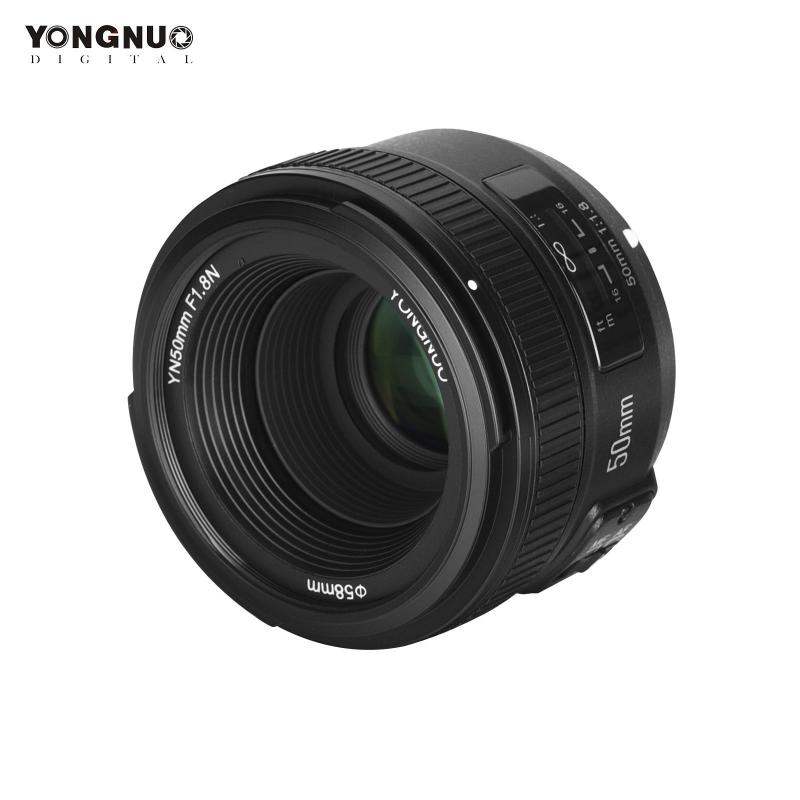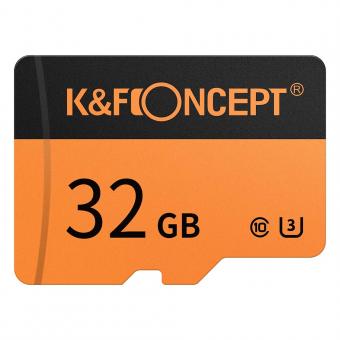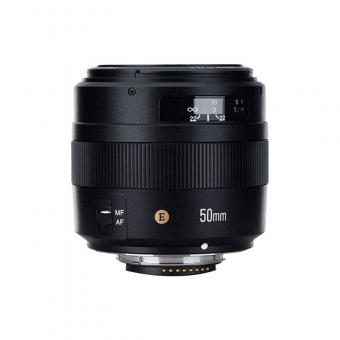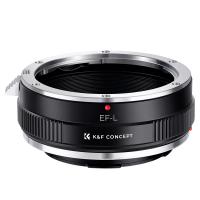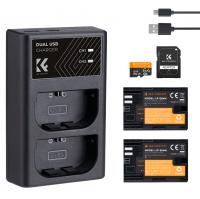When Were Digital Cameras Widely Available ?
Digital cameras became widely available in the late 1990s.
1、 Introduction of consumer-grade digital cameras in the 1990s.
When were digital cameras widely available? The introduction of consumer-grade digital cameras in the 1990s marked a significant milestone in the history of photography. Prior to this, photography was predominantly done using film cameras, which required the use of physical film rolls and chemical processing to develop the images.
The first consumer-grade digital camera, the Dycam Model 1, was introduced in 1990. It had a resolution of 376 x 240 pixels and could store up to 32 images on its internal memory. However, it was quite expensive and not widely adopted by the general public.
It wasn't until the mid-1990s that digital cameras started becoming more affordable and accessible to a larger audience. Companies like Kodak, Sony, and Canon began releasing consumer-friendly digital cameras with improved features and higher resolutions. These cameras offered better image quality, larger storage capacities, and more user-friendly interfaces.
By the late 1990s, digital cameras had gained significant popularity and were widely available in the market. They started to replace film cameras as the preferred choice for many photographers, both amateur and professional. The convenience of instantly viewing and deleting photos, as well as the ability to transfer images to a computer for editing and sharing, made digital cameras highly desirable.
Since then, digital camera technology has continued to advance rapidly. Today, we have compact point-and-shoot cameras, mirrorless cameras, and high-end DSLRs with exceptional image quality and advanced features. The rise of smartphones with built-in cameras has also contributed to the widespread availability of digital photography.
In conclusion, digital cameras became widely available in the 1990s with the introduction of consumer-grade models. They have since revolutionized the way we capture, store, and share photographs. With continuous advancements in technology, digital cameras have become more affordable, compact, and capable of producing stunning images.
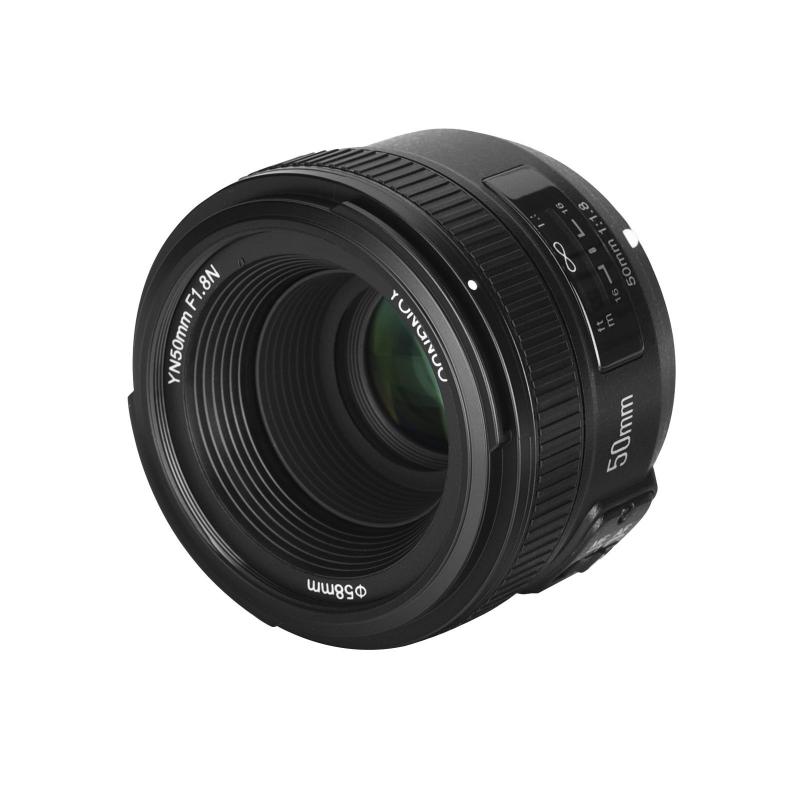
2、 Rapid adoption of digital cameras in the early 2000s.
When were digital cameras widely available? Rapid adoption of digital cameras in the early 2000s marked a significant shift in the photography industry. Prior to this period, traditional film cameras dominated the market, but the emergence of digital technology revolutionized the way people captured and shared images.
The first commercially available digital camera, the Dycam Model 1, was introduced in 1990. However, it was not until the early 2000s that digital cameras became widely accessible to the general public. During this time, advancements in technology led to improved image quality, increased storage capacity, and more user-friendly interfaces, making digital cameras more appealing and practical for everyday use.
One of the key factors that contributed to the rapid adoption of digital cameras was the convenience they offered. Unlike film cameras, digital cameras allowed users to instantly view and delete photos, eliminating the need for costly film development and printing. Additionally, the ability to transfer images directly to a computer or share them online opened up new possibilities for sharing and storing photographs.
As digital cameras became more affordable and accessible, their popularity soared. Major camera manufacturers such as Canon, Nikon, and Sony began producing a wide range of digital camera models to cater to different consumer needs and budgets. This further fueled the adoption of digital cameras, as consumers had more options to choose from.
In recent years, the rise of smartphones with high-quality built-in cameras has had a significant impact on the photography industry. Many people now rely on their smartphones for capturing and sharing images, leading to a decline in the sales of standalone digital cameras. However, professional photographers and enthusiasts still prefer dedicated digital cameras for their superior image quality, manual controls, and versatility.
In conclusion, digital cameras became widely available in the early 2000s, with rapid adoption driven by advancements in technology, improved convenience, and affordability. While smartphones have become popular alternatives for casual photography, digital cameras continue to be favored by professionals and photography enthusiasts for their superior capabilities.

3、 Evolution of digital camera technology and features.
The evolution of digital camera technology and features has been a remarkable journey, transforming the way we capture and share moments. Digital cameras have come a long way since their inception, and their widespread availability has revolutionized the photography industry.
Digital cameras first emerged in the late 1980s and early 1990s, but they were far from being widely available. These early models were expensive, had limited resolution, and were primarily used by professionals or enthusiasts. However, as technology advanced and costs decreased, digital cameras started becoming more accessible to the general public.
It wasn't until the late 1990s and early 2000s that digital cameras began to gain popularity and become widely available. During this time, manufacturers started producing more affordable and user-friendly models, making it easier for consumers to transition from film to digital photography. The introduction of compact point-and-shoot cameras with higher megapixel counts and improved image quality played a significant role in the widespread adoption of digital cameras.
In recent years, the rise of smartphones with built-in high-quality cameras has further revolutionized the digital photography landscape. With the convenience of having a capable camera in their pockets, people are capturing and sharing moments like never before. Smartphone cameras have become so advanced that they rival the image quality of some dedicated digital cameras.
Furthermore, the integration of advanced features such as image stabilization, face detection, and manual controls has made digital cameras even more versatile and appealing to photography enthusiasts. Additionally, the advent of mirrorless cameras has brought about a new era of compact yet powerful devices that offer professional-level image quality and interchangeable lenses.
In conclusion, digital cameras became widely available in the late 1990s and early 2000s, marking a turning point in the photography industry. Since then, the evolution of digital camera technology and features has continued to push boundaries, with smartphones now playing a significant role in the way we capture and share our visual experiences.
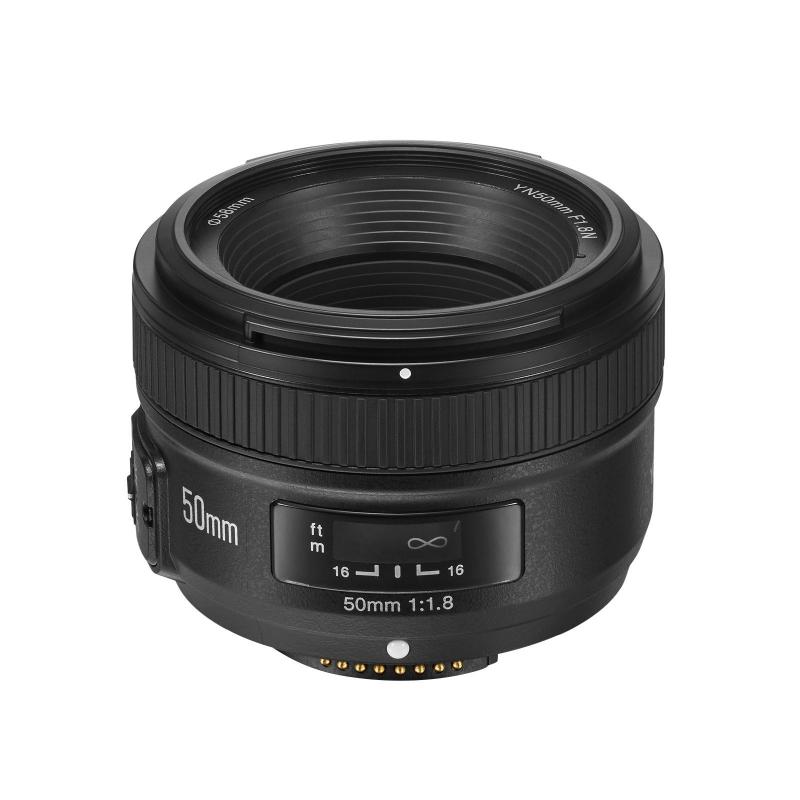
4、 Impact of digital cameras on photography and visual culture.
Digital cameras became widely available in the late 1990s and early 2000s. Prior to this, photography was predominantly done using film cameras, which required the use of physical film rolls that needed to be developed and printed. The introduction of digital cameras revolutionized the field of photography and had a profound impact on visual culture.
The advent of digital cameras brought about several significant changes. Firstly, it made photography more accessible to the general public. With film cameras, individuals had to be mindful of the limited number of exposures on a roll of film and the cost of developing and printing. Digital cameras, on the other hand, allowed for instant previewing and deleting of images, eliminating the need to print every photo taken. This made experimentation and learning more affordable and encouraged a wider range of people to engage in photography.
Furthermore, digital cameras enabled photographers to easily manipulate and edit their images. With the rise of photo editing software, such as Adobe Photoshop, photographers gained greater control over the final outcome of their photographs. This led to the emergence of new artistic possibilities and styles, as well as the blurring of boundaries between photography and digital art.
The widespread use of digital cameras also had a profound impact on the dissemination of images. With the rise of the internet and social media platforms, photographs could be easily shared and distributed globally. This led to a democratization of photography, as anyone with a digital camera and an internet connection could showcase their work to a wide audience. It also resulted in an exponential increase in the sheer volume of images being produced and consumed.
In recent years, the impact of digital cameras on photography and visual culture has continued to evolve. The rise of smartphone cameras has further democratized photography, as almost everyone now carries a high-quality camera in their pocket. This has led to a proliferation of visual content on social media platforms and a shift towards more spontaneous and immediate forms of photography.
In conclusion, the availability of digital cameras in the late 1990s and early 2000s had a transformative effect on photography and visual culture. It made photography more accessible, allowed for greater control and manipulation of images, and facilitated the widespread dissemination of photographs. The continued advancements in digital camera technology, particularly with the integration of smartphone cameras, have further shaped the way we capture, share, and consume visual content.
